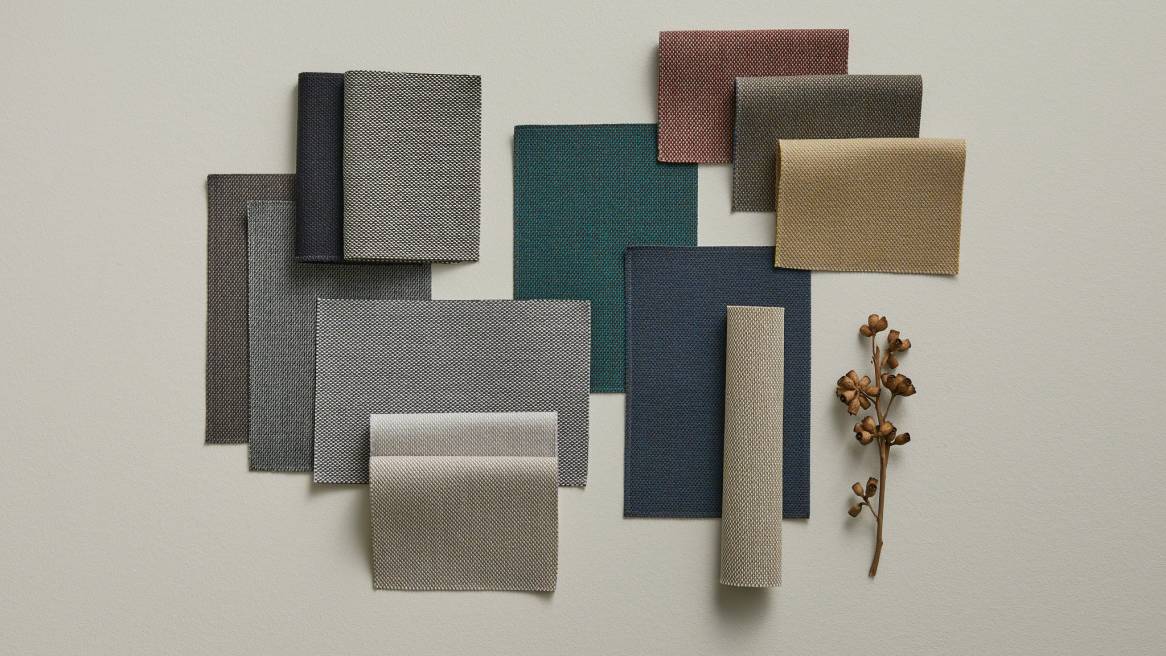Paint, texture, color and fabric can breathe new life into an old space. Warm, humanistic and natural materials are layered together to create inspiring spaces where people want to work. In our offering, we strive to encourage authenticity, promote personalization, support sustainability, and improve emotional wellbeing.
Sustainable Materials
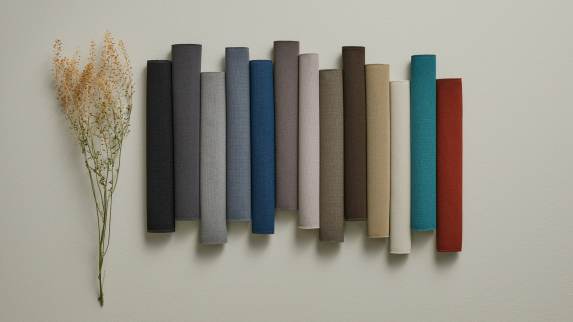 Open image tooltip
Open image tooltip Choose + Use Materials Responsibly
We choose and use materials responsibly by sourcing and selecting materials that are healthier for people and the planet. When designing products, we select materials that are safe and ecologically sound throughout their lifecycle. Materials are selected for their conservation of resources and energy while reducing the weight and number of components. Among them, you’ll find post-consumer polyester and post-industrial polyester, two fabrics that are reclaiming waste or excess products left over from consumers or manufacturing processes.
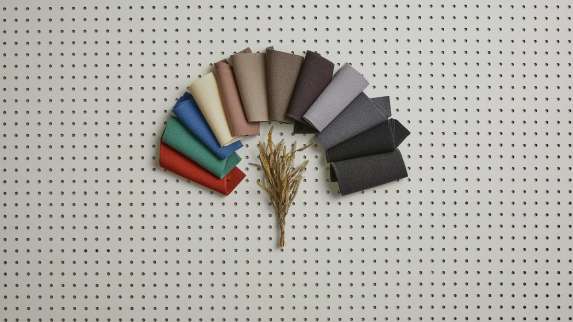 Open image tooltip
Open image tooltip Textiles Designed for Circularity
Steelcase is committed to an ongoing effort to reduce waste, while offering choices that minimize our impact on the environment. Alongside leading textile supplier Gabriel, we added new fabrics crafted from used materials – including textile waste – that can be recycled again and again to create new textiles. We are supporting Gabriel’s ambitious recycling program with up to 17 tons of material scraps from our Sarrebourg plant per year and are using these circular fabrics to make our products more sustainable.
New Materials
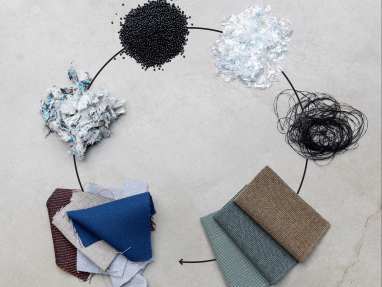 Open image tooltip
Open image tooltip Renewed Loop
Discover Renewed Loop, a game-changing textile that is fully recyclable. With a refined, nature-inspired color scheme and a sparkling mélange effect, this material inspires the creation of planet-conscious interiors that connect indoor spaces with the outside world.
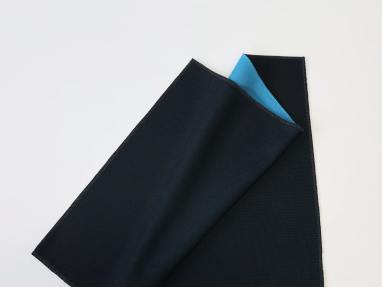 Open image tooltip
Open image tooltip
Beyond Loop
Meet Beyond Loop, a pioneering material based on textile recycling that is easy to cut and use for upholstery. It features a futuristic design with warm, golden tones interplayed with a black front side that creates a captivating metallic effect perfect for modern spaces.
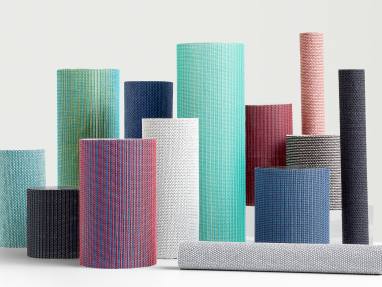 Open image tooltip
Open image tooltip
Intermix
Uncover Intermix, a proprietary performance textile that uses patented Shrinx technology to create ideal ergonomic support. The exclusive weave creates a selection of translucent, opaque, and all-new color-shifting textiles helping you go beyond black, white, and gray.
Care + Maintenance
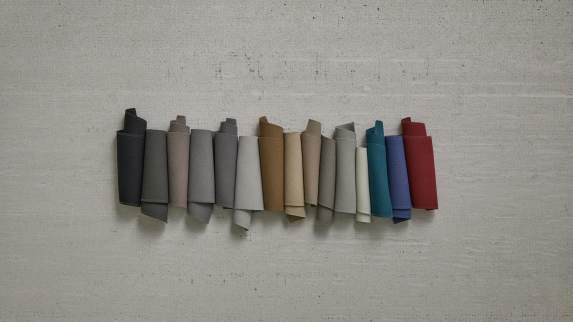 Open image tooltip
Open image tooltip Soft Surfaces
All Steelcase standard soft surfaces can be cleaned with a simple 4-step process.
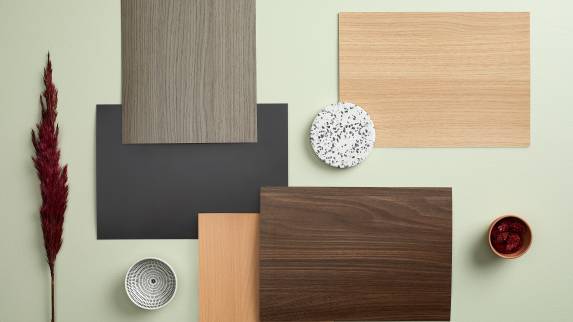 Open image tooltip
Open image tooltip Hard Surfaces
All Steelcase standard hard surfaces can be disinfected with one of 5 EPA-approved, widely available sprays.
Our Material Offerings: Standard, Select and Custom
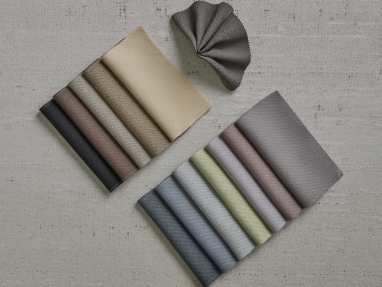 Open image tooltip
Open image tooltip Standard Surfaces
Our Standard Surfaces portfolio features innovative, sustainable materials designed by Steelcase to suit any setting. Our curated selection of standard textiles and hard surfaces is timeless, yet relevant, and chosen according to specific aesthetic, technical and environmental criteria. Materials are stocked by Steelcase, with no minimum order quantity. They are tested by us, have relevant certifications available, and are backed by Steelcase warranty.
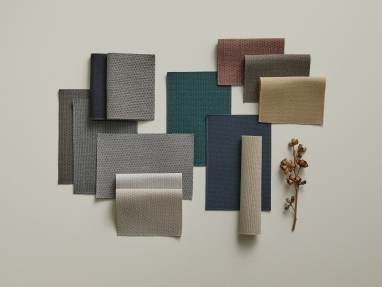 Open image tooltip
Open image tooltip
Select Surfaces
The Select Surfaces Program offers an expanded choice of open-line materials from top industry suppliers to provide additional options that are easy to order and use. These materials have been pre-priced and pre-tested for use on Steelcase products. Materials are not stocked by Steelcase and are subject to supplier lead times and additional material processing times. Testing, certifications, and warranties are maintained, covered and owned by suppliers.
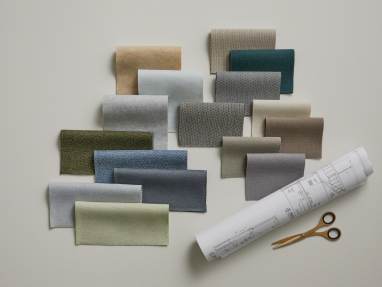 Open image tooltip
Open image tooltip
Special Requests
If you’re looking for personalized solutions, our team can help you tailor Steelcase furniture and seating solutions according to your needs. We partner with leading fabric suppliers to empower you to outfit select Steelcase products using customized textiles. Please send an e-mail to specials@steelcase.com to reach out to a Steelcase representative and inquire about our special surface materials.

